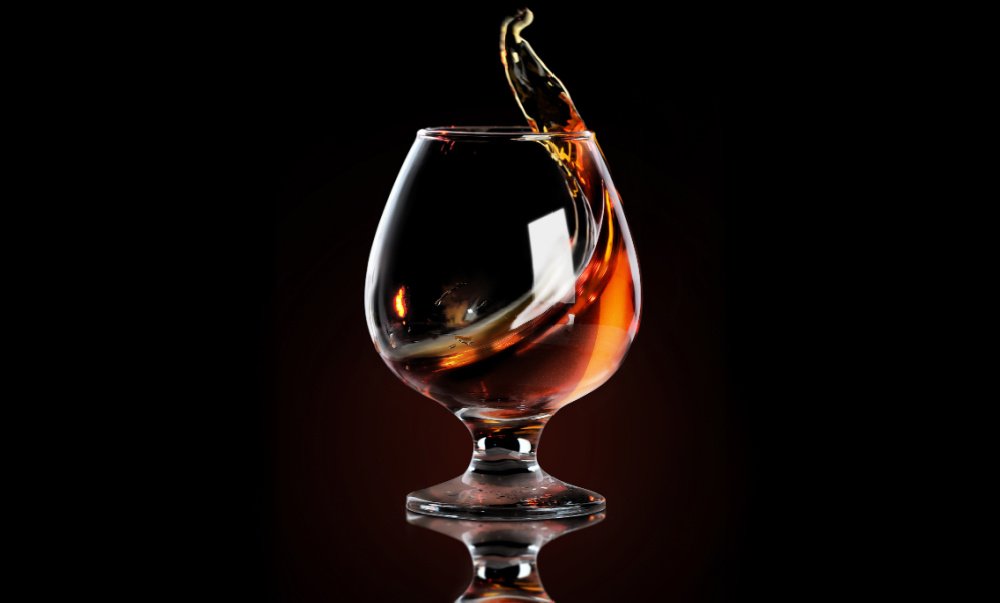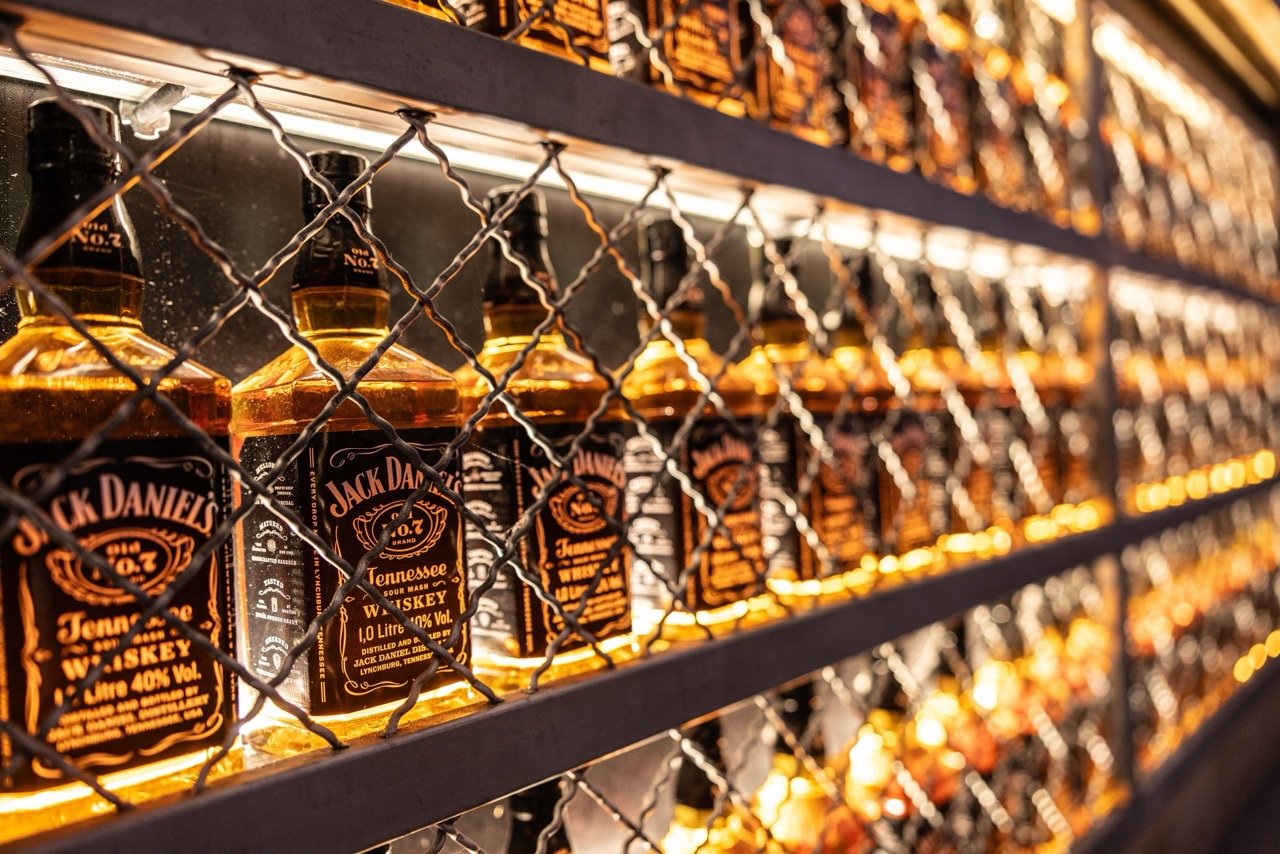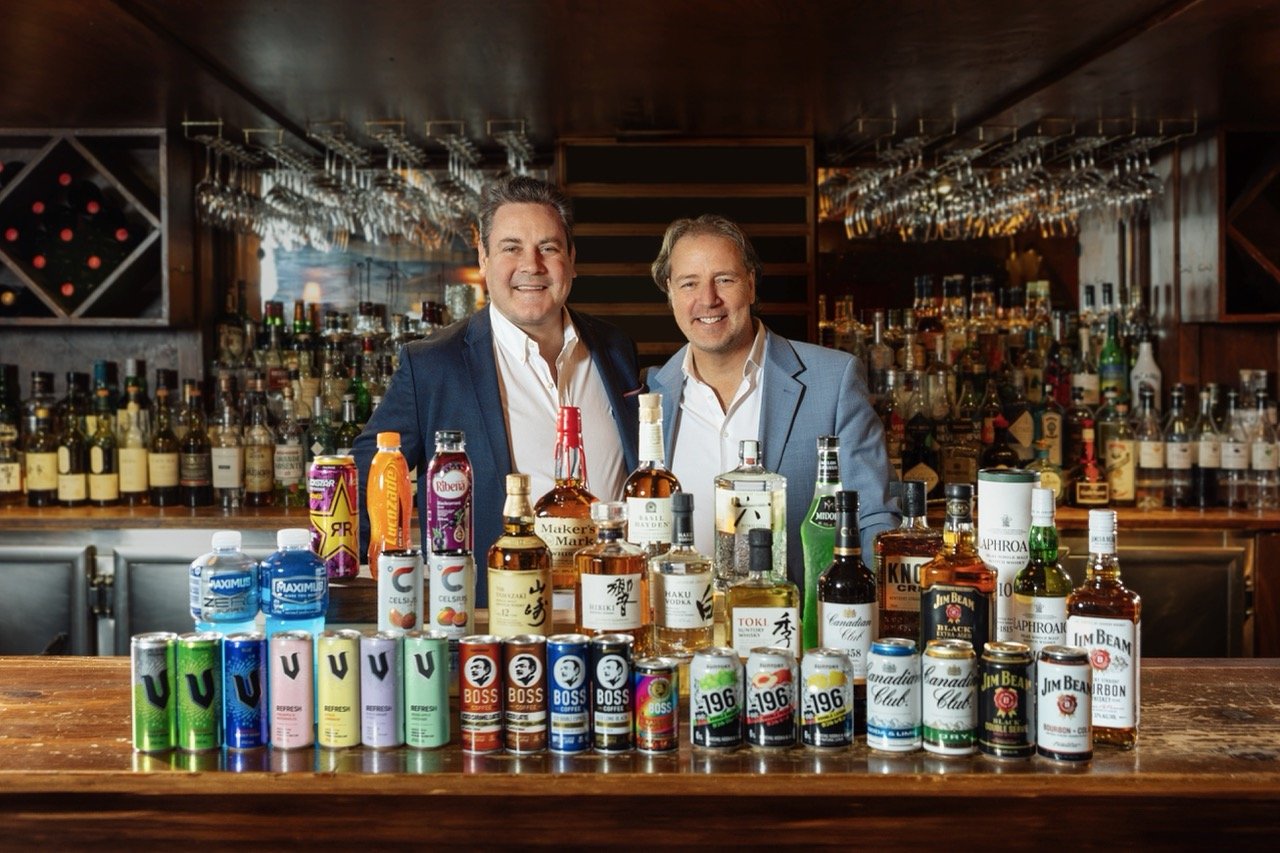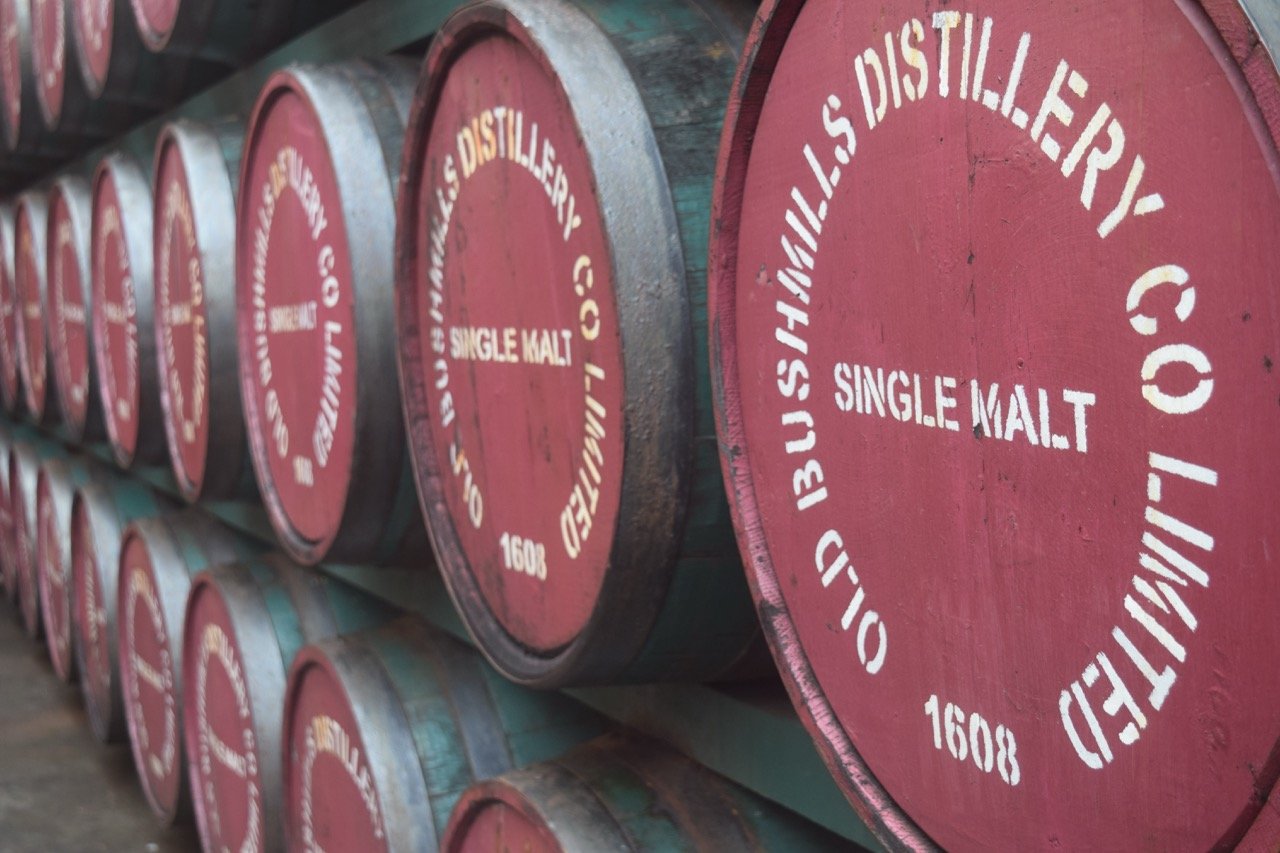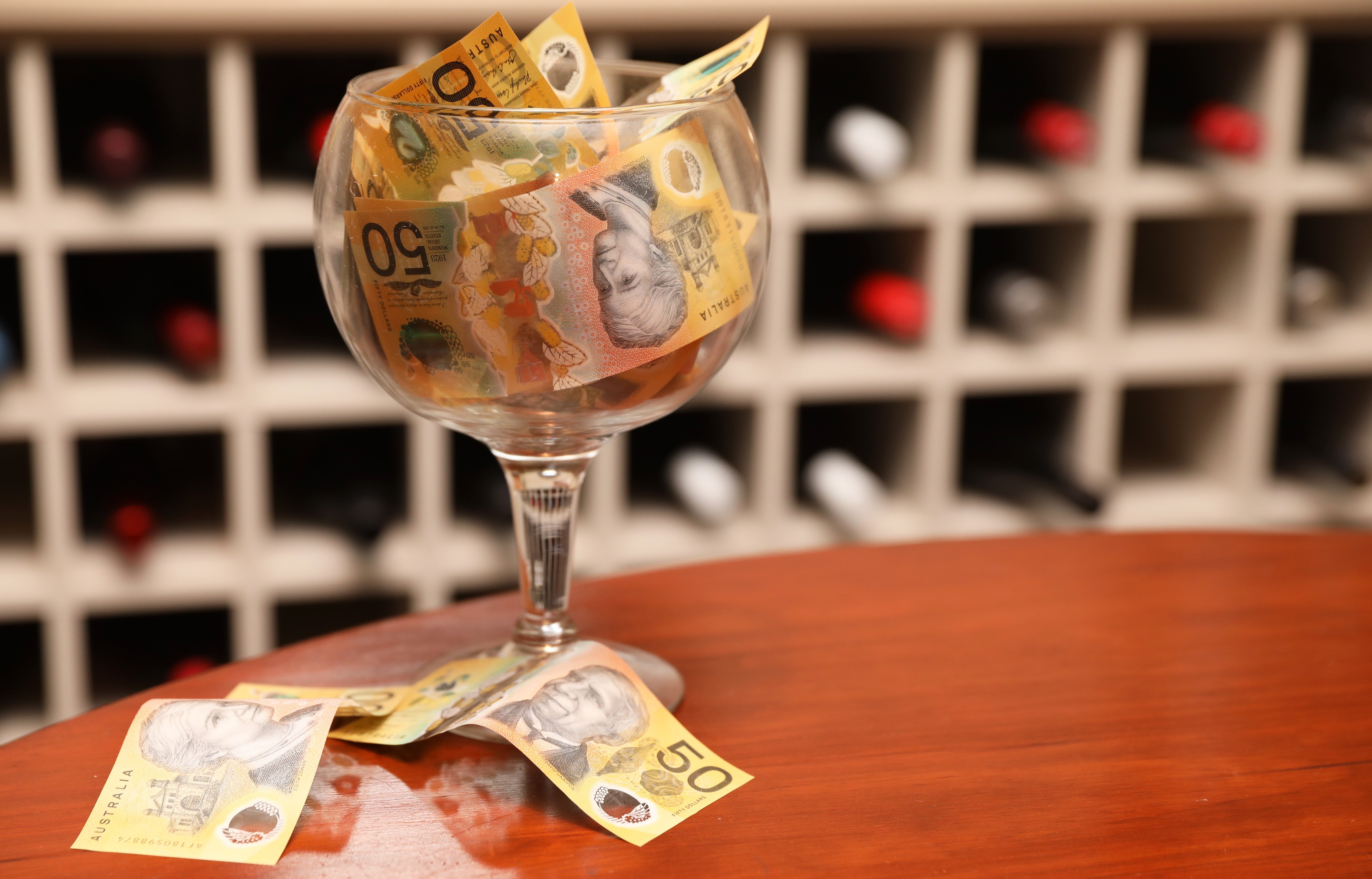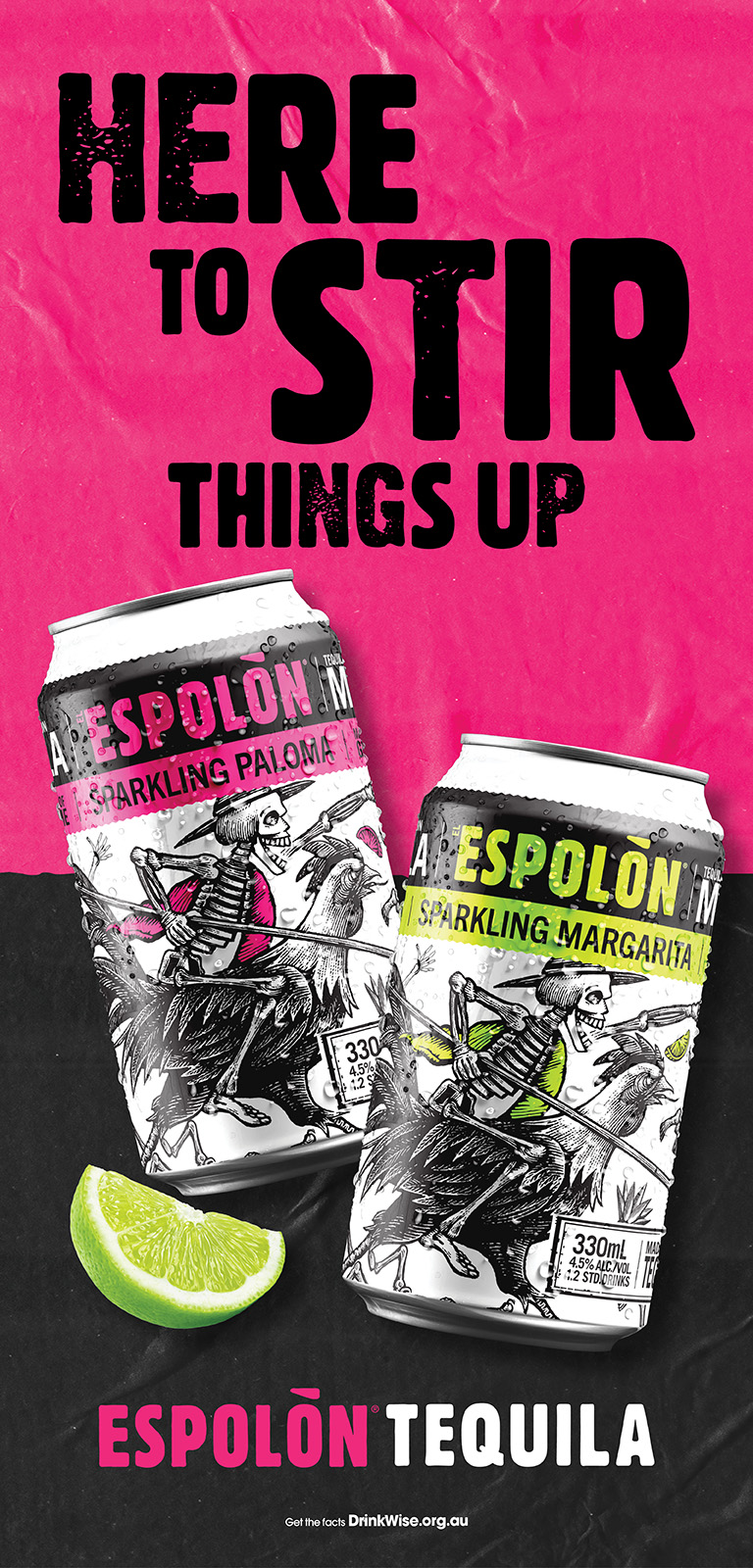The latest data analysis from IWSR says Cognac sales are sharply declining in the US. Is this an indicator of Cognac trends globally, and what is behind the sudden fall?
Cognac enjoyed strong growth during the lockdown years of Covid-19, but since the world has resumed some sort of normality, Cognac sales have taken a nosedive. In the US, a market that accounts for 40% of the global sales of Cognac, volumes have fallen -20% in 2022 and -16% in the first half of 2023 vs 2022.
IWSR reports that while the sales trends can be partly explained by a market returning to post-pandemic consumption patterns, there is more to the story.
The state of the economy and increased living costs mean the Cognac consumer is tightening the purse strings and is less likely to spend on high-end luxury Cognacs in favour of more cost-effective options. This is where agave-based drinks and cocktails have moved in to fill the gap.
Tequila vs Cognac
The report indicates tequila and agave-based products are competing with Cognac for the same consumer indicating the two categories have a lot in common as tequila is also now considered a luxury high-end spirit.
IWSR breaks down the Cognac and high-end tequila consumer into two camps: the middle-income ‘core’ drinker and the high-income urban millennial. It is the core drinkers most likely to swap out Cognac for other alternatives as their disposable income wanes.
Based on IWSR consumer research, it could also be concluded Cognac drinkers are the most adventurous in terms of the number of categories explored in the past six months, with more than one-fifth
These ‘core’ Cognac consumers facing a decline in their disposable income are more likely to drink Cognac less often, buy Cognac in smaller quantities, and/or choose a cheaper product but still carry premium cachet – which includes tequila but also premium vodka and cocktails.
“Our consumer research shows that Cognac drinkers are two times more likely to drink tequila than alcohol drinkers in general,” explains Richard Halstead, COO Insights and Custom Analytics, IWSR. “And both categories generally find themselves in competition at similar consumption opportunities – social, up-tempo occasions.
“It’s also important to note that Cognac’s audience is relatively small – less than one-third the size of tequila in the US, with 8% recalled consumption versus 27% – and has lower- and middle-income drinkers, but fewer high-income drinkers versus tequila: 43% of tequila drinkers say they have an annual income of US$100k+, compared to 27% of Cognac drinkers.”
Higher-income consumers are less motivated to switch for economic reasons but remain discovery-oriented and appear to be switching more out of a desire for variety, with cocktails (often involving tequila) also a strong substitution candidate.
“Tequila has a number of inherent advantages over Cognac in terms of its scale, diversity and versatility,” says Jose Luis Hermosa, Research Director, IWSR. “Tequila boasts a wide variety of styles and price points versus the relatively narrow – and expensive – range of products available in Cognac.
“Tequila also has more versatility in terms of consumption occasions, including shots, cocktails and – increasingly, in the upper price tiers – as a sipping spirit. The category has an inbuilt advantage in that it is used in highly popular cocktails, such as the Margarita, the Paloma and Ranch Water.”
This is especially important because Cognac drinkers are significantly more likely to drink cocktails – and IWSR data shows that 50% of Cognac drinkers say they consumed a Margarita in the past six months.
Other category attributes enjoyed by tequila include speed of innovation – lower ageing requirements compared to Cognac, which allows brand owners to bring new products to market quickly – and the number of brands on the market gives consumers more opportunities for trial and category exploration.
“Tequila is also much more gender-neutral in terms of its consumer appeal in the US,” points out Marten Lodewijks, Consulting Director – US, IWSR. “Both men and women enjoy the spirit more or less equally, whereas Cognac is primarily consumed by men. This increases tequila’s opportunities for consumption.”
Cognac’s opportunity
It’s important to note that Cognac’s decline is likely cyclical – not structural. The category’s current status is driven by overexposure to economic hardship. Historical trend analysis shows a correlation between disposable income and Cognac volume consumption.
As an inherently higher priced category compared to most other beverage alcohol options and consequently strongly connected with the affluence of its consumer, the long-run data suggests that Cognac tends to do disproportionately well in the good times and suffers more acutely when the wider economy is struggling.
“The first task would be to broaden the appeal of Cognac again,” says Lodewijks.
“Cognac’s second task would be to broaden its use cases, counteracting tequila’s inherent advantage as a base for hugely popular cocktails. Tequila is also associated with high-tempo events and social gatherings, whereas brandy, in general, is more skewed to low-tempo, relaxed settings – so this may be an avenue for Cognac to explore in terms of changing the mood.”
Cognac brands are already trying to remain relevant, aiming to draw in new customers with more inventive marketing strategies that are designed to appeal to the next generation of consumers and untapped demographic groups, such as female consumers. Cognac brands are also seeking more territory in the cocktail space.
Share the content
